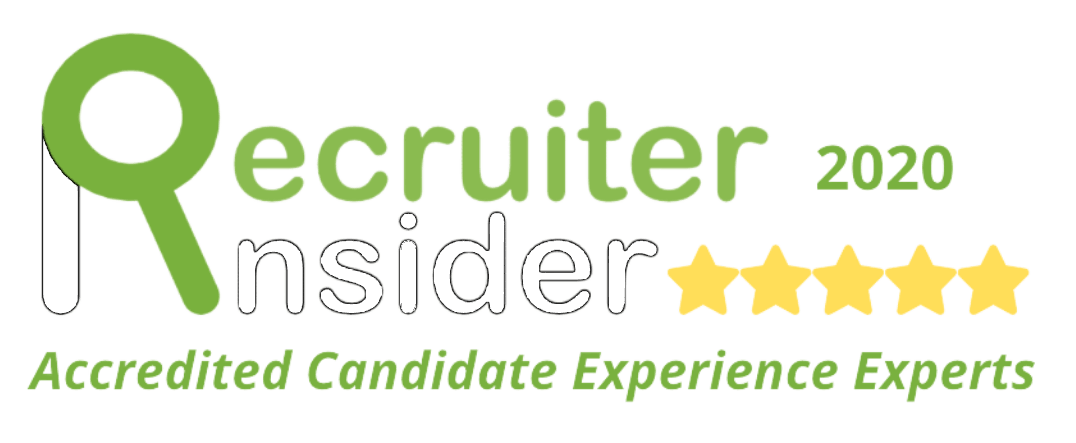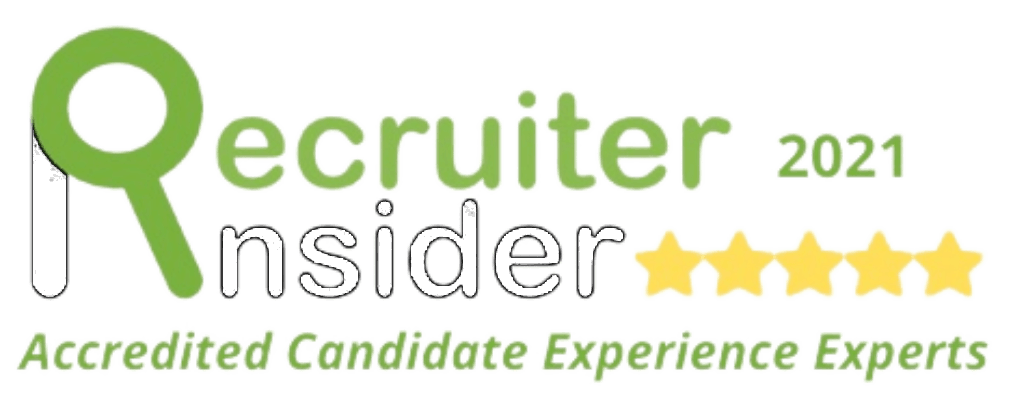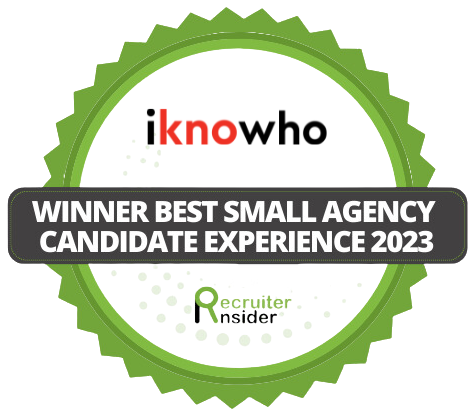Speaker Series: The Past and the Future
If you don’t know what the iknowho brand stands for, then let me tell you, it’s all about the professional service we provide and the knowledge that we share to our candidates and clients alike in the hope of building long-term relationships. How do we share our knowledge? Through our Speaker Series, Interactive Breakfasts, Interview Training and Award Sponsorships.
Our Speakers Series allows our candidates to get up close and personal to some of the biggest names in Marketing, listening to exciting panel discussions with gripping questions. You leave more enlightened with helpful advice from those who have walked the walk.
In August 2016, we hosted our first Speaker Series event, addressing the topic Agency vs Client Side; how do you know if moving from an Agency role to a Client Side Marketing role (or vice versa) is the right thing for you? We were joined by our industry experts; Boo Mitchell, Manager People, Communications & Finance at CBA, Tim Rozea, Partner at The Conversion Group, Silvia Arrigoni, Head of Brand Marketing at Society One and Jacob Baldock, Global Brand Manager at Meat & Livestock Australia. We addressed the steps you should take, the challenges you may face and helpful advice if you’re considering a career change. To gain more insight check out our blog of the night.
Fast forward to last February, where we were joined by the likes of Aaron Fuller, Head of Marketing at Qantas Assure at Qantas, Hayley Goodman, Marketing Director at MTV & Comedy Central ANZ, Jayne Andrews, Marketing Director at Carnival Cruise Line and Sally Byrne, Marketing Director at Coca-Cola Amatil Alcohol & Coffee.
Our key takeaways were Aarons personal attributes to get to the top "push the envelope, push the status quo". When discussing what is more beneficial a sideways move or staying in the same role, Sally’s response was “it’s the ‘company you keep’ the literal company - if it is a backwards or sidewards step, it is the company to focus on; is it the right cultural fit, can you see the progression, have you got passion for it?”, some great advice to mull over. The panel offered great knowledge to reach those senior roles, check it out here.
Last August our third Speaker Series focused on agencies, Network vs Indie - what’s right for you? Our awesome panel of Speakers were Victoria Curro, Managing Director at LIDA (M&C Saatchi Group), Cade Heyde, Managing Partner and Co-Founder of Special Group and Brooke Chilcott, Head of Account Management at Host.
Addressing the differences, processes, and progression within Network and Independent Agencies. When faced with the question "How do you understand a new agencies style and culture?" Victoria suggests “ask questions about where are the decisions made. Ask about the tenure of people; if you see that people are leaving, is there a reason for that? I think it’s more culture that makes people leave than just hard clients". Cade's approach is asking for "proof points", "we ask our clients for evidence and proof points when they brief us on their products and services for campaigns - we should do the same for our internal culture, so get agencies to talk about their proof points and the reasons why they make those claims". Check out more on the discussion here.
If you haven’t been to one of our Speaker Series then it’s your chance to ‘Get in the know’ on Wednesday, March 21st at The Winery. Our executive panel for this event is Craig Hutchinson, Strategy Designer at Deloitte Consulting, Tarra van Amerongen, Group Director at Fjord and Dan Pankraz, Head of Strategy & Innovation at Leo Burnett, discussing designing to disrupt in an ever-changing environment. As we have already reached capacity for this event, please feel free to join our waiting list.










